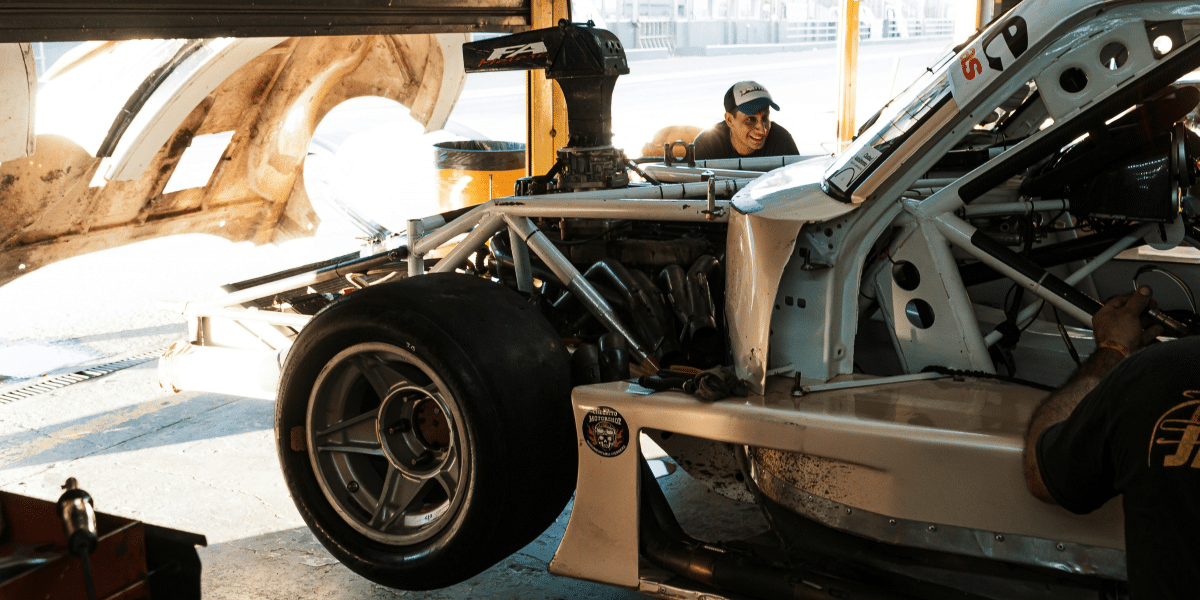Mastering Tire Wear and Fuel Consumption in the Oklahoma City Race Circuit
Racing is not just about speed; it’s also about strategy and finesse. In the intense environment of the Oklahoma City Race Circuit, managing tire wear and fuel consumption can be the difference between victory and defeat. This article delves into the intricacies of these crucial aspects of racing, offering insights and strategies for drivers looking to conquer the challenging terrain of Oklahoma City. Click here to know more.
Understanding the Terrain
Before diving into tire and fuel management strategies, it’s essential to understand the unique characteristics of the Oklahoma City Race Circuit. Known for its mix of long straights, tight corners, and abrasive surfaces, this track presents a significant challenge to drivers and their equipment.
The abrasive nature of the track surface leads to accelerated tire wear, requiring drivers to adopt conservative driving techniques to preserve their tires’ integrity. Additionally, the combination of long straights and tight corners places high demands on fuel consumption, necessitating careful planning and execution throughout the race.
Tire Management Strategies
Consistent Driving: Maintaining a steady pace throughout the race is essential for preserving tire life. Abrupt acceleration, aggressive cornering, and heavy braking can all contribute to increased tire wear. By driving smoothly and consistently, drivers can minimize stress on their tires and extend their lifespan.
Tire Pressure Optimization: Adjusting tire pressure according to track conditions can significantly impact tire wear. Higher pressures provide better fuel efficiency but may sacrifice grip and increase wear on abrasive surfaces. Conversely, lower pressures offer improved traction but may result in overheating and faster wear. Finding the optimal balance is key to maximizing tire longevity.
Strategic Pit Stops: Planning pit stops strategically can help mitigate tire wear by allowing for timely tire changes. By monitoring tire degradation throughout the race, teams can anticipate when to make pit stops for fresh rubber, ensuring optimal performance without compromising track position. Learn more to grow.
Cornering Techniques: Smooth and precise cornering techniques can minimize tire scrubbing and heat buildup, reducing wear and extending tire life. Maintaining a proper racing line, managing throttle inputs, and modulating brake pressure are essential elements of effective cornering that can help preserve tire integrity.
Fuel Consumption Strategies
Fuel Mapping Optimization: Modern race cars are equipped with sophisticated engine management systems that allow drivers to adjust fuel mapping on the fly. By selecting the appropriate fuel map for each race scenario, drivers can optimize fuel consumption without sacrificing performance. This entails finding the right balance between power output and fuel efficiency based on track conditions and race strategy.
Drafting and Slipstreaming: Taking advantage of aerodynamic drafting and slipstreaming can reduce air resistance, leading to significant fuel savings, especially on long straights. By closely following behind another car, drivers can benefit from the reduced drag, allowing them to maintain speed while consuming less fuel. However, caution must be exercised to avoid collisions and maintain control in close proximity to other vehicles.
Coasting and Braking Techniques: Strategic use of coasting and braking can help conserve fuel during deceleration and braking zones. By lifting off the throttle early and coasting into corners, drivers can reduce fuel consumption without sacrificing lap times. Additionally, progressive braking techniques minimize energy dissipation and maximize regenerative braking capabilities, further optimizing fuel efficiency.
Fuel Load Management: Balancing fuel load to meet race requirements while minimizing excess weight is crucial for optimal performance. Carrying excessive fuel adds unnecessary weight, increasing tire wear and reducing agility on the track. Calculating fuel consumption rates and planning refueling stops accordingly ensures that drivers carry only the necessary amount of fuel to finish the race competitively.
Tire Management
Temperature Monitoring: Monitoring tire temperatures throughout the race provides valuable insights into tire performance and wear. Using telemetry data or onboard sensors, teams can track tire temperatures in real-time and make adjustments to optimize grip and longevity. Maintaining ideal operating temperatures helps prevent excessive wear and ensures consistent performance throughout the race.
Tire Compound Selection: Tire compound selection plays a critical role in managing tire wear on abrasive surfaces like the Oklahoma City Race Circuit. Teams must analyze track conditions and weather forecasts to determine the most suitable tire compound for the race. Harder compounds offer greater durability but may sacrifice grip, while softer compounds provide superior traction but wear out more quickly. Finding the right balance between grip and longevity is essential for maximizing tire performance.
Camber and Toe Adjustments: Fine-tuning camber and toe settings can help distribute tire wear more evenly across the tread surface. Optimal camber angles ensure that tires maintain optimal contact with the track during cornering, minimizing scrubbing and reducing wear. Toe adjustments can also influence tire wear patterns, allowing teams to achieve a balance between straight-line stability and cornering performance.
Heat Management: Managing tire heat buildup is crucial for preserving tire integrity and performance. Excessive heat can lead to premature tire degradation and reduced grip, compromising lap times. Strategies such as tire cooling ducts, tire pressure adjustments, and driving techniques aimed at minimizing heat generation can help mitigate the effects of thermal degradation and prolong tire life.
Conclusion
In the high-stakes world of racing, mastering tire wear and fuel consumption is essential for success. At the Oklahoma City Race Circuit, drivers face unique challenges that demand precision, strategy, and foresight. By implementing the strategies outlined in this article, drivers can maximize their performance on the track while conserving vital resources for the duration of the race. From tire management techniques to fuel consumption strategies, every aspect of racecraft plays a crucial role in achieving victory in the heart of Oklahoma City.
Published By: Aize Perez




